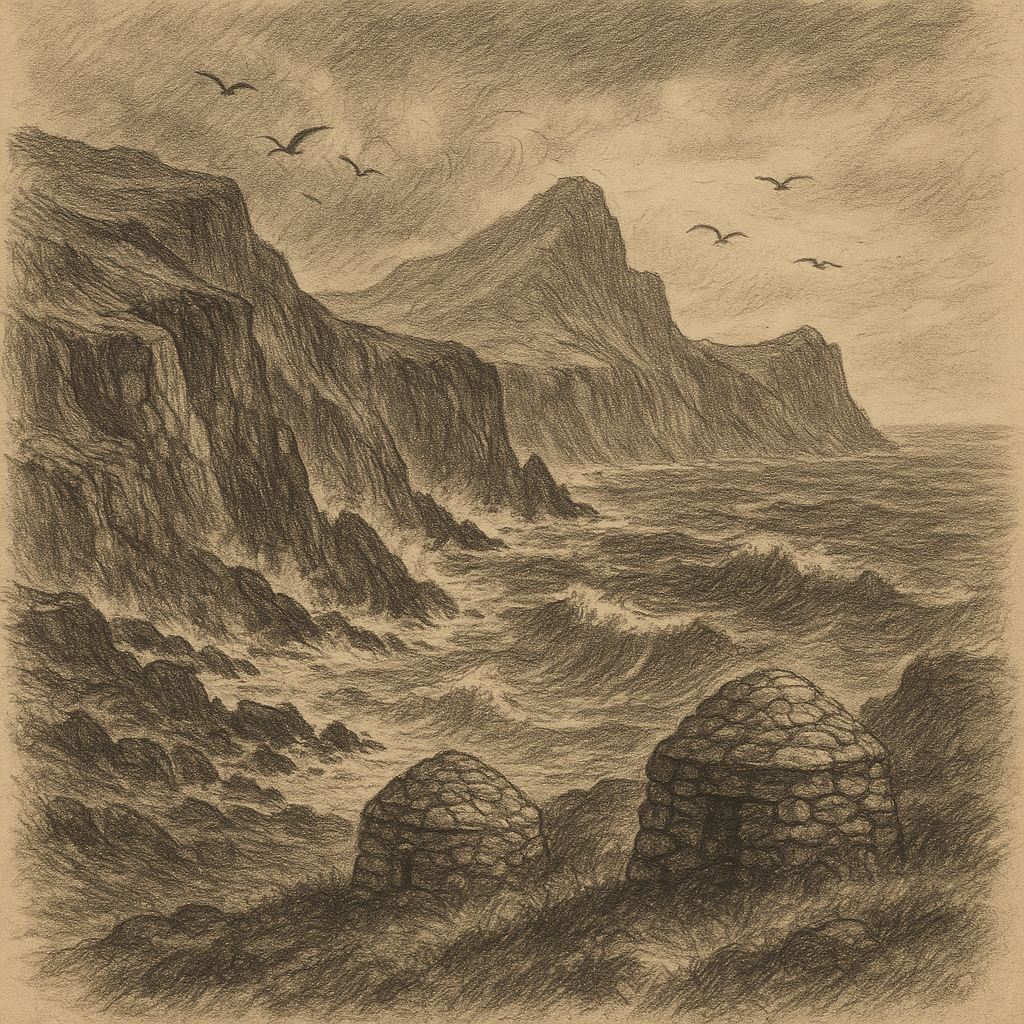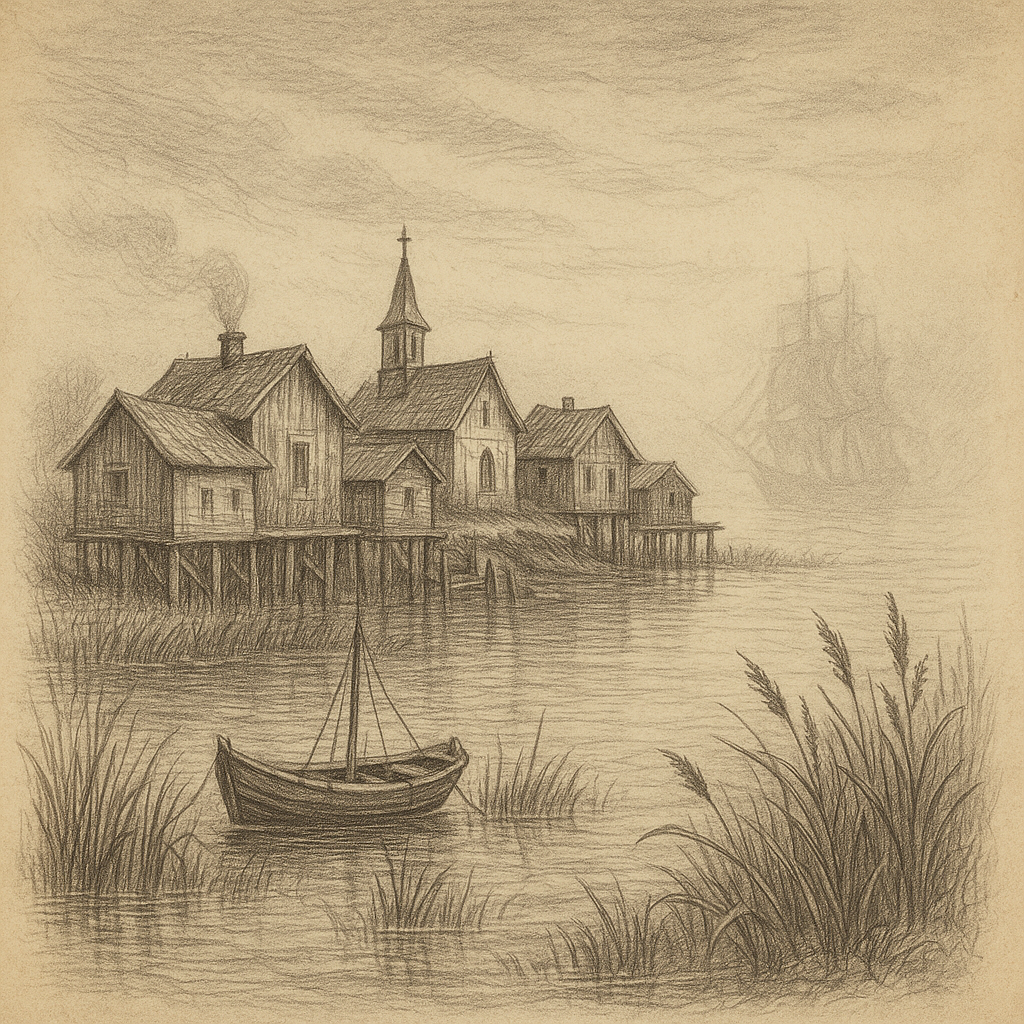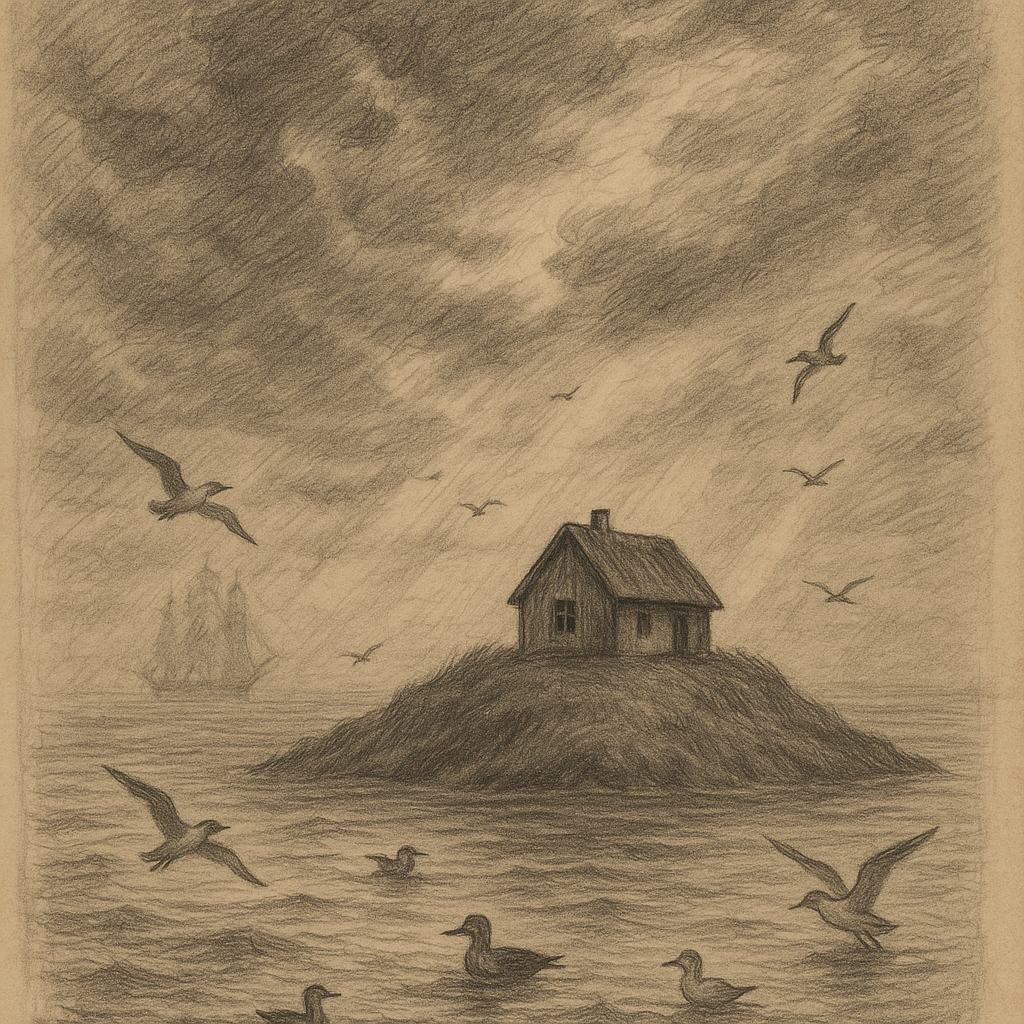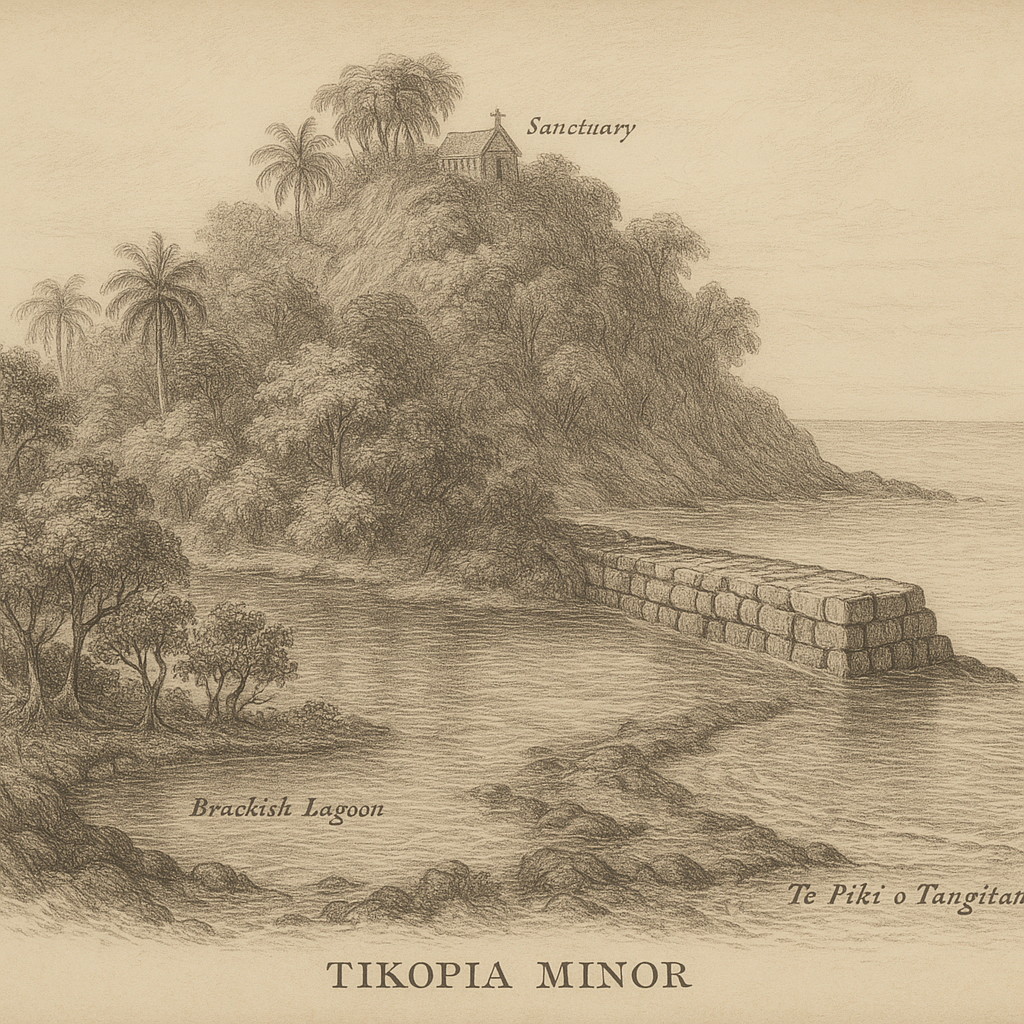Hirta Island: The Remote Stronghold of St Kilda
Hirta is the largest and most prominent island of the St Kilda archipelago, located in the North Atlantic Ocean, approximately 160 kilometers west of the Scottish mainland. Part of the Outer Hebrides in Scotland, Hirta stands as a powerful testament to human resilience, natural beauty, and isolation. This enigmatic island, uninhabited since the mid-20th century, remains a place of global interest due to its unique geography, history, and mystery.
Geography and Natural Features
Hirta spans an area of about 6.7 square kilometers and features some of the highest sea cliffs in the United Kingdom. The island’s most prominent peak, Conachair, rises to 430 meters above sea level, offering sweeping views of the surrounding Atlantic Ocean. The island is volcanic in origin and characterized by rugged terrain, dramatic cliffs, and deep fjord-like inlets.
Unlike the other smaller islands of the St Kilda group – Soay, Boreray, and Dun – Hirta forms a relatively large and protected harbor in Village Bay, which historically served as the main point of access and habitation. The island experiences harsh weather conditions, including strong Atlantic winds, frequent rainfall, and long, dark winters.
Today, Hirta falls within the boundaries of the St Kilda World Heritage Site, protected for both its cultural and natural significance. It is administered by the National Trust for Scotland and serves as a base for conservation, research, and occasional tourism.
Brief History and Human Habitation
Hirta has a rich and complex human history dating back over two thousand years. Archaeological evidence indicates that the island was inhabited continuously from the Iron Age until the 20th century. The island supported a small community, whose numbers rarely exceeded 180 at any one time. These islanders lived in extreme isolation, relying almost entirely on seabirds, agriculture, and barter with occasional visitors from the Scottish mainland.
The traditional way of life was deeply intertwined with the natural world. The islanders harvested fulmars, puffins, and other seabirds, using them for food, oil, and feathers. They built cleitean – unique stone storage huts – scattered across the hillsides, some of which still survive today.
Over time, hardships such as food shortages, disease, and the draw of life on the mainland took their toll. In 1930, following years of decline and external pressure, the remaining 36 inhabitants requested evacuation. The community was relocated to the Scottish mainland, marking an end to millennia of continuous habitation.
The Natural Biodiversity
Hirta’s harsh climate and isolation have given rise to a distinctive ecosystem. The island is home to several endemic species, including the St Kilda field mouse and the Soay sheep, which roam wild and are believed to descend from Bronze Age domestic flocks. The sea surrounding the island teems with marine life such as seals, whales, and dolphins. In addition, the cliffs of Hirta and neighboring islands serve as nesting grounds for hundreds of thousands of seabirds, making the archipelago one of the most important seabird breeding sites in Europe.
Because of its ecological importance, Hirta is not only a World Heritage Site but also a Special Protection Area (SPA) and a Site of Special Scientific Interest (SSSI). Conservation efforts are carefully managed by rotating teams from the National Trust for Scotland and occasional visiting scientists.
Interesting Facts and Curiosities
– Hirta is considered the most remote part of the British Isles to have ever had a permanent population.
– The name “Hirta” is often confused with “St Kilda,” though technically St Kilda refers to the entire archipelago.
– The famous cleitean storage huts number over 1,200 across the island, remarkable considering the island’s small human population.
– A Cold War military radar station called RAF St Kilda was built on the island in the 1950s and continues to operate in a limited capacity today, monitored remotely.
– During the Victorian era, the island became a destination for tourists and adventurers despite its rugged isolation. Visitors were astonished both by the spectacular landscape and the simple, communal lifestyle of the residents.
– Hirta and neighboring Boreray host the largest colony of North Atlantic gannets in the world.
Legends and Folklore
Hirta is steeped in legends, myths, and spiritual beliefs passed down through centuries of oral tradition. One of the most persistent legends tells of a mysterious figure known as the “Grey Man of St Kilda,” said to roam the windswept cliffs. He was thought to be a guardian spirit or an omen, seen only in times of great danger or death.
Another folkloric tale tells of the Lady of the White Horse, said to have once lived in isolation on Hirta. According to legend, she rode a ghostly white steed that could gallop across the ocean waves. She would appear to fishermen in times of confusion or fog, guiding them safely to shore—sometimes at the cost of never being seen again.
Many residents believed the island to be touched by divine forces. Even after the community was Christianized in the 19th century, older pagan traditions subtly persisted. Birds were revered not just for survival but as spiritual messengers, and elements of animism echoed in island prayers and blessings. Storms and shipwrecks, frequent occurrences around Hirta, were often attributed to divine retribution or failure to honor ancestral rituals.
Visiting Hirta Today
Access to Hirta is still challenging and requires permission. Most visitors today arrive by charter boats from the Isle of Harris or Uist. Due to its fragile ecosystem and protected status, tourism is strictly regulated. However, for those who make the journey, Hirta offers an unforgettable experience — a glimpse into a lost world perched on the edge of the Atlantic.
When standing on the cliffs of Conachair, staring into the seemingly infinite ocean, it becomes clear why Hirta remains one of the most hauntingly beautiful and mysterious places in the world. A beacon of endurance and natural wonder, it continues to inspire those who seek connection with the wild, the elemental, and the mythic.



